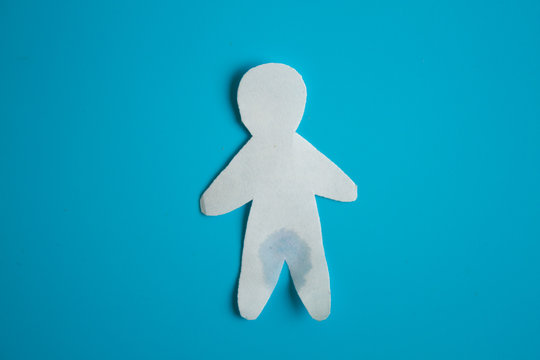Urinary incontinence is a condition that affects millions of people worldwide—men and women, young and old. Despite how common it is, it’s often a silent struggle due to stigma, embarrassment, or lack of awareness. But the truth is, managing incontinence is possible, and with the right strategies, individuals can live confidently and comfortably.
In this blog, we’ll explore practical tips, lifestyle changes, and available treatments that can help you or a loved one manage incontinence without sacrificing dignity.
What is Incontinence?
Incontinence refers to the involuntary loss of bladder control, resulting in accidental leakage of urine. There are several types:
- Stress incontinence: Leakage during activities like coughing, laughing, or lifting.
- Urge incontinence: A sudden, intense urge to urinate followed by leakage.
- Overflow incontinence: Inability to completely empty the bladder, leading to dribbling.
- Functional incontinence: Physical or mental barriers that prevent reaching the toilet in time.
Tips for Managing Incontinence with Confidence
1. Open Conversation with a Urologist
Start by speaking with a urologist . Incontinence is not just a normal part of aging—it’s often treatable. Discuss symptoms, lifestyle, medications, and any underlying causes.
2. Pelvic Floor Exercises (Kegels)
Strengthening the pelvic floor muscles can help improve bladder control. Daily exercises can be especially helpful for women post-childbirth and older adults.
3. Plan Toilet Visits
Following a toileting schedule—like every 2–4 hours—can help prevent accidents. Bladder training gradually increases the time between bathroom visits to strengthen control.
4. Watch Your Fluid Intake
While reducing fluids may seem like a quick fix, it can lead to dehydration and worsen symptoms. Instead, avoid bladder irritants like:
- Caffeine
- Alcohol
- Spicy or acidic foods
- Artificial sweeteners
5. Wear Absorbent Products that Fit Well
Modern incontinence products—pads, liners, or briefs—are discreet, comfortable, and designed to prevent leakage and odor. Choosing the right fit improves comfort and confidence throughout the day.
6. Maintain a Healthy Weight
Excess weight puts pressure on the bladder and pelvic muscles. Losing weight can significantly improve symptoms of incontinence, especially stress incontinence.
7. Use Technology & Smart Planning
There are apps that help you track bathroom visits, reminders, and fluid intake. Keep an extra change of clothes and supplies in your bag or car for peace of mind when on the go.
Medical Treatments and Interventions
Depending on the type and severity of incontinence, doctors may recommend:
- Medications to relax the bladder or improve muscle tone.
- Bladder Botox injections to reduce overactivity.
- Nerve stimulation therapies.
- Surgery (in some severe cases).
Always consult with a specialist to determine which treatment is best for your specific needs.
You’re Not Alone
Incontinence is more common than most people realize, and help is available. It’s not something to be ashamed of. Managing incontinence is not just about control—it’s about maintaining quality of life, self-esteem, and dignity.
With the right knowledge, support, and care, you can take charge of your bladder health and live life fully.

